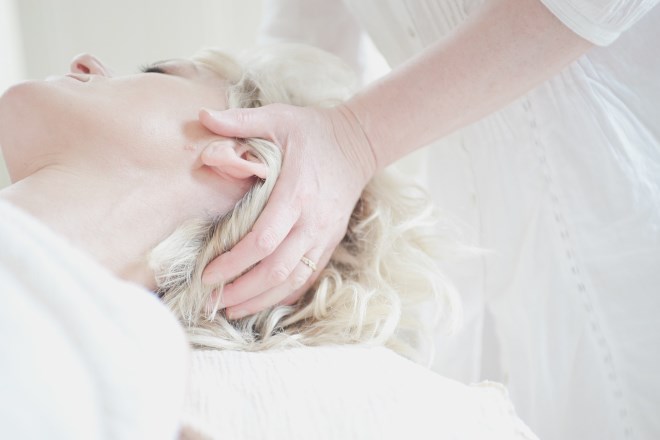Tools and props that aid foot relaxation and support
Practical tools and small props can make foot care more accessible and effective, whether you’re seeking relief after standing, improving gait mechanics, or supporting recovery from minor strains. This overview highlights common aids, how they work, and considerations for safe use.

Foot health benefits from focused care that addresses the sole, heel, arch and ankle together. A range of tools and props—from simple balls and bands to ergonomically shaped cushions and targeted rollers—can support circulation, ease tension, and assist stretching and recovery routines. Used thoughtfully, these aids complement manual techniques like reflexology and acupressure, helping to maintain mobility, reduce discomfort during gait, and promote relaxation after activity.
This article is for informational purposes only and should not be considered medical advice. Please consult a qualified healthcare professional for personalized guidance and treatment.
How can tools soothe the sole and heel?
Balls, rollers and textured pads are straightforward ways to target the sole and heel. A firm but slightly yielding massage ball or a small roller placed under the foot can apply pressure to plantar tissues, helping to release tightness across the sole and reduce localized pain at the heel. When used gently, these props encourage blood flow to the area and can be incorporated into warm-up or cool-down routines. Limit sessions to short intervals at first, and avoid sharp pain—discontinue if symptoms increase.
What supports aid the arch and ankle?
Arch supports, toe separators and ankle braces offer different forms of mechanical assistance. Insoles and arch cushions help distribute pressure across the foot and support the medial arch during standing or walking, which may reduce strain on connective tissues. Lightweight ankle supports provide proprioceptive feedback that can improve stability without significantly restricting mobility. For temporary relief, silicone arch pads and gel cushions can offer cushioning; for chronic concerns, custom or semi-custom orthotics fitted by a professional are more precise.
Which props improve circulation and mobility?
Elevating pillows, compression sleeves and foot baths influence circulation, while resistance bands and rocker boards support mobility. Simple elevation helps venous return after prolonged standing. Compression sleeves or socks provide graduated pressure that can reduce swelling and encourage circulation during recovery. For mobility, elastic bands can be used for controlled ankle dorsiflexion and plantarflexion work, improving range of motion and supporting a smoother gait. Combine gentle mobilization with short periods of active movement for best results.
How do reflexology and acupressure tools work?
Tools for reflexology and acupressure—such as wooden sticks, small balls, and specialized mats—provide focused pressure to points across the sole believed to correspond to other areas of the body. Whether used for targeted relief or general relaxation, these implements enable consistent pressure and can be less tiring for a practitioner than hand-only techniques. Use moderate pressure and slow, deliberate movements; if unfamiliar with reflex points, follow reputable guides or seek instruction to avoid excessive force on sensitive areas.
Which stretching and recovery aids help gait?
Foam rollers, toe stretchers, and calf stretching straps support recovery and can influence gait by addressing tightness that alters walking mechanics. Calf straps and bands assist in controlled gastrocnemius-soleus stretches that relieve posterior-chain tension affecting ankle dorsiflexion. Toe spacers and stretchers help maintain toe alignment and flexibility, which supports push-off during gait. Integrate these tools into a balanced routine that includes strengthening and neuromuscular control to reinforce lasting improvements in walking patterns.
How to use tools for relaxation and long-term support?
Set a routine that balances short relaxation sessions with targeted strengthening and mobility work. For relaxation, begin with a warm soak or gentle foot heat, then use a roller or massage ball for two to five minutes per foot, followed by light stretching. For long-term support, rotate between cushioning insoles, periodic mobility exercises with bands, and stability work to address ankle control. Monitor changes in pain, circulation, or gait; consult a professional if issues persist or worsen. Proper footwear and gradual progression in tool intensity help prevent overuse.
In summary, a variety of tools and props can assist foot relaxation and provide structural support when chosen and used appropriately. Addressing the sole, heel, arch and ankle in an integrated way—combining circulation-promoting measures, targeted stretching, and gentle acupressure or reflexology techniques—can support recovery and improve mobility. Regular, measured use of these aids alongside professional guidance when needed tends to yield the most consistent results.





